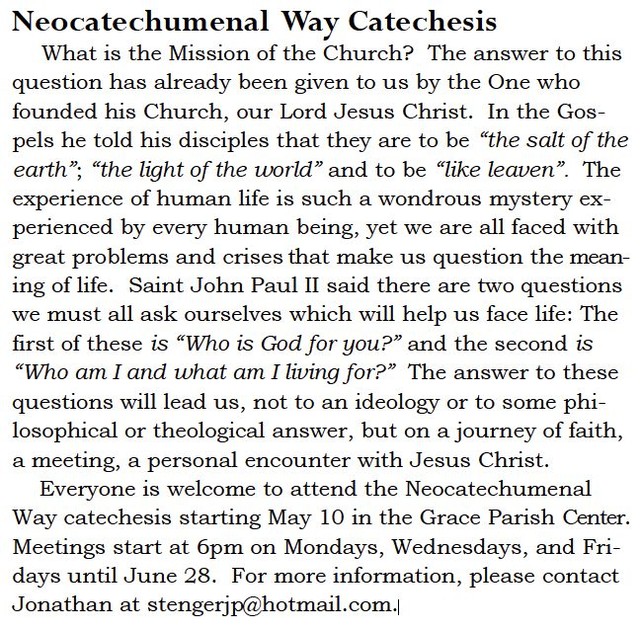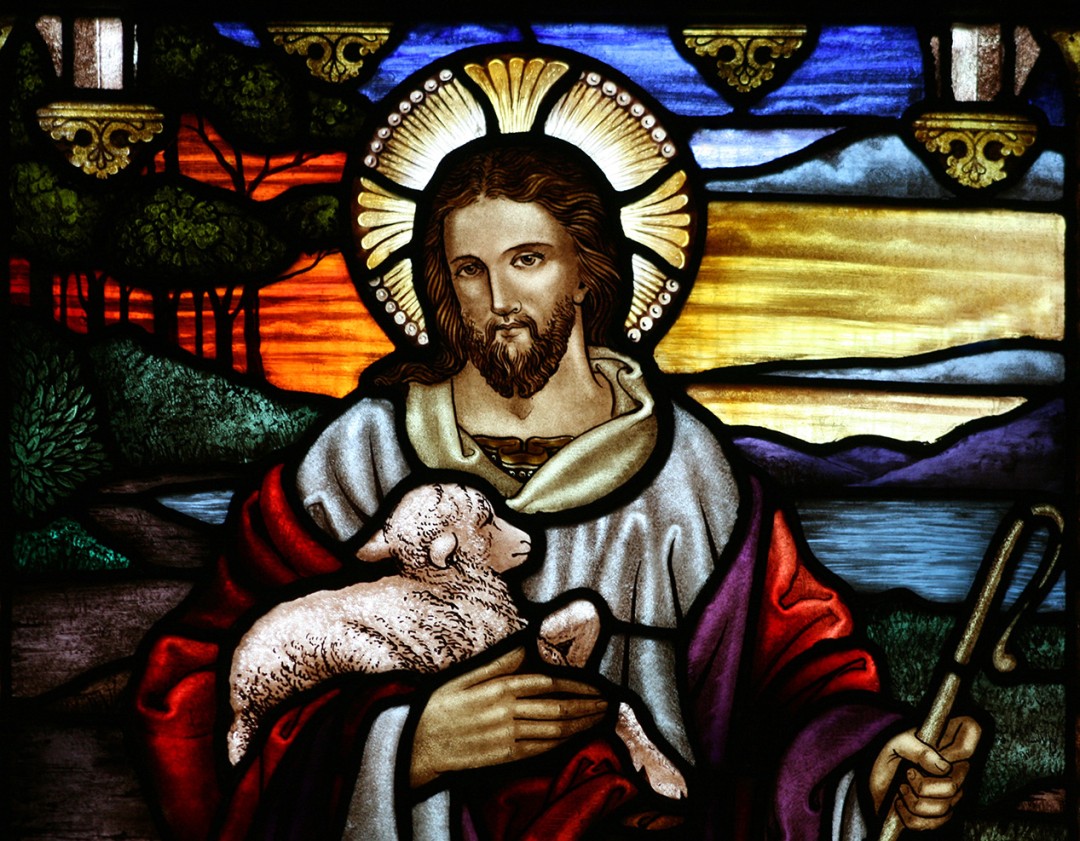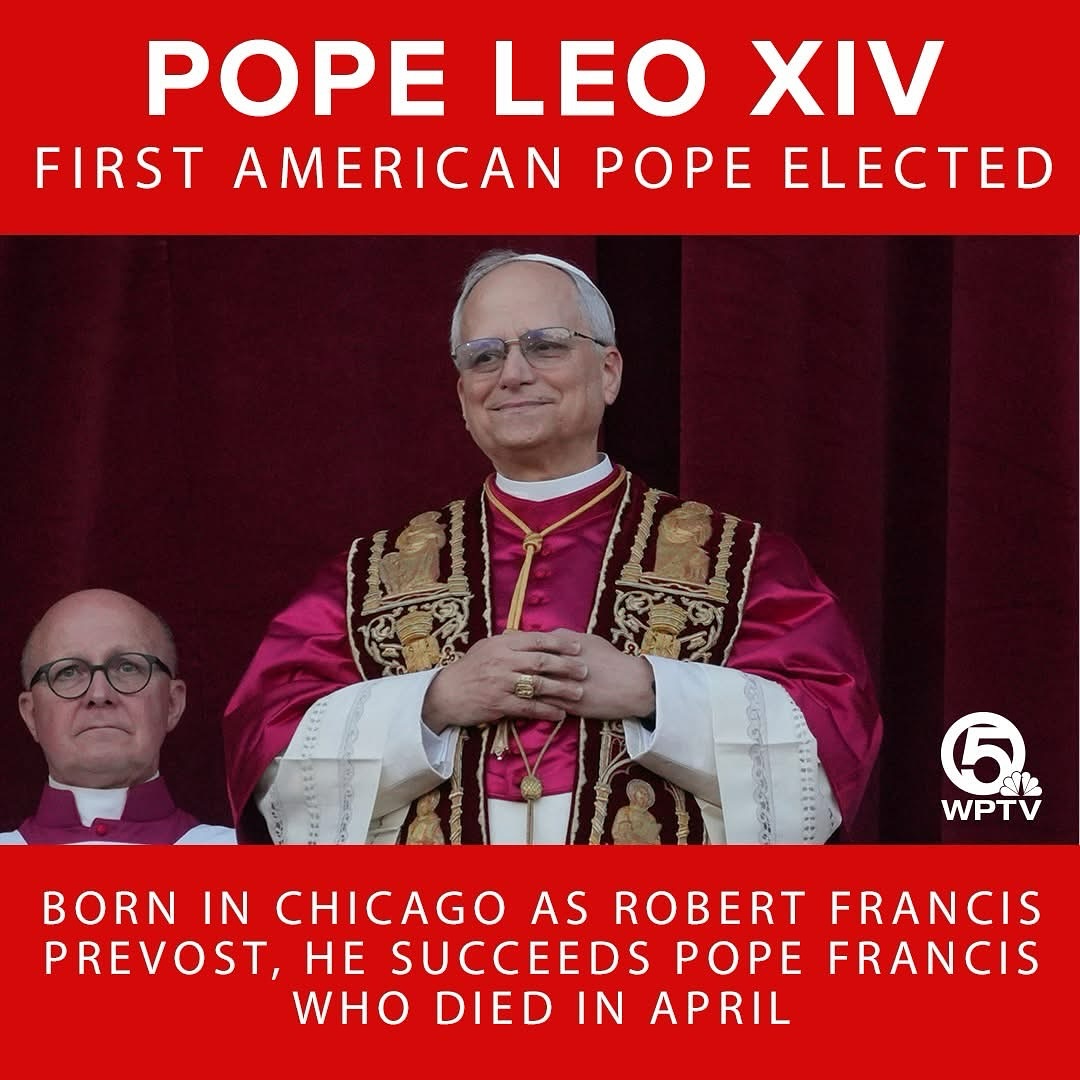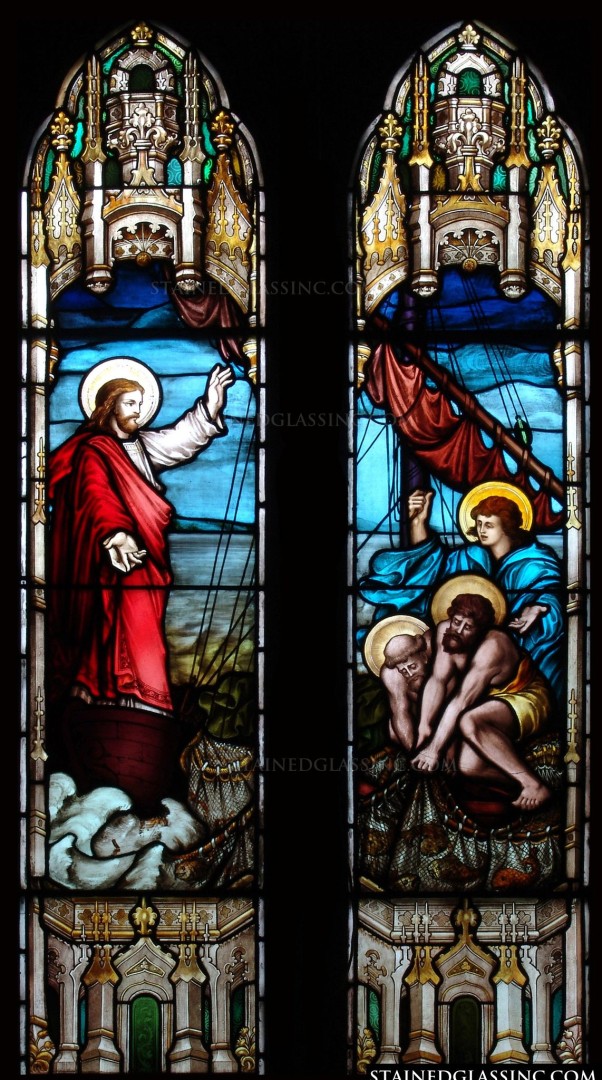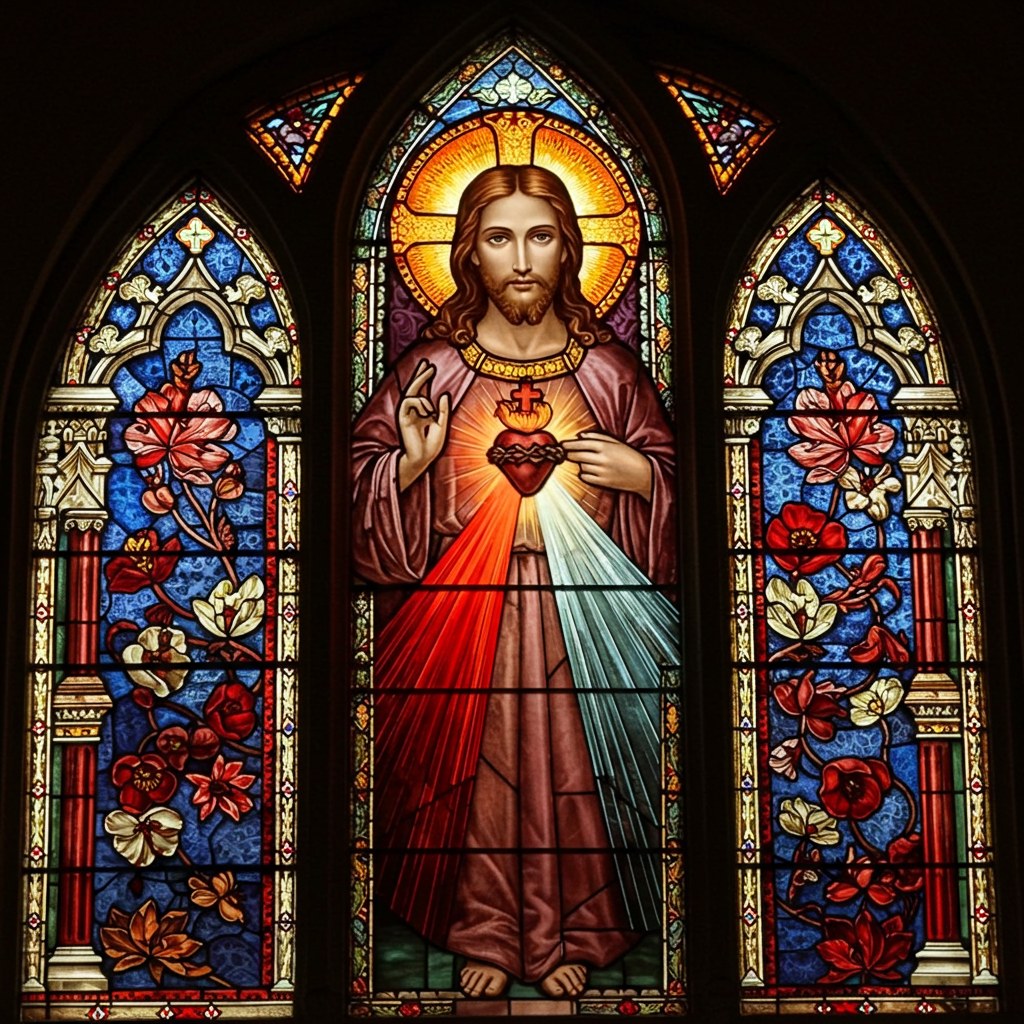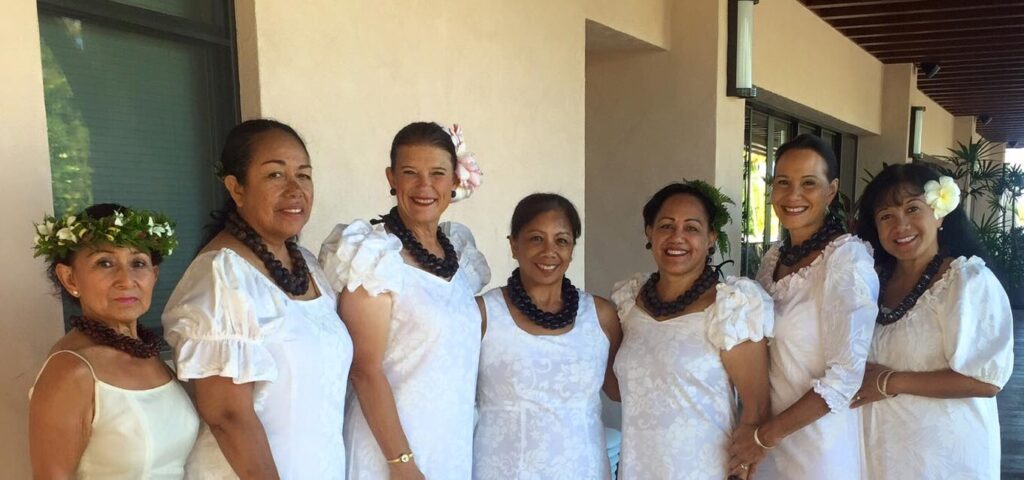
The current 12 members of this ministry have 100 years of collective experience in the practice of hula. “Our calling is to share prayer through hula,” Anita says.
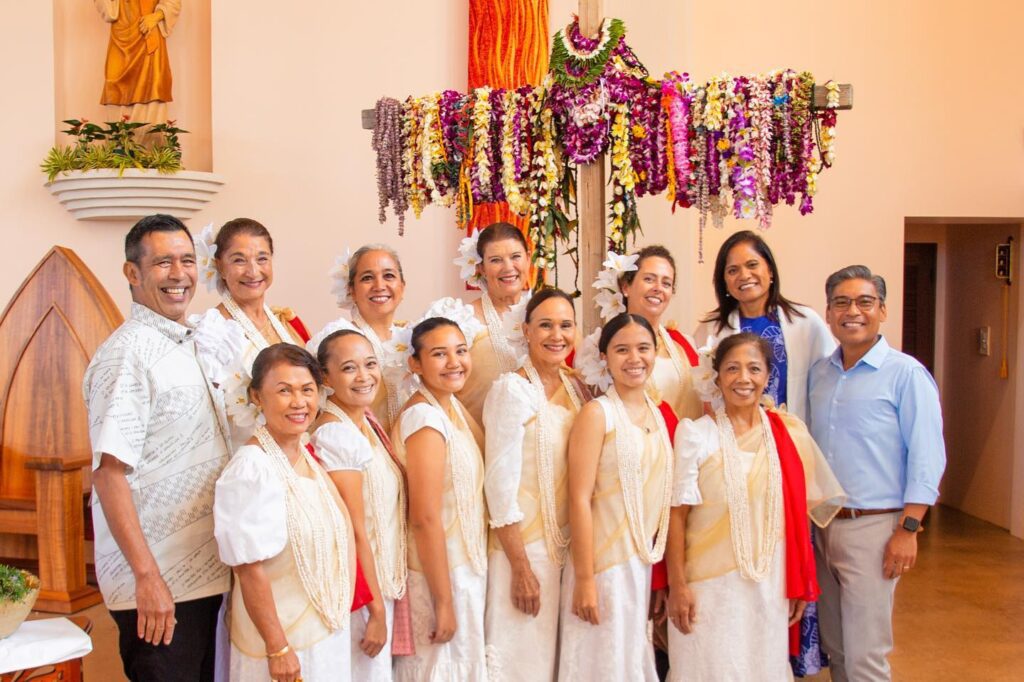 While the Church’s ban on dancing within the liturgy still stands, in 1998, during the pontificate of Pope St. John Paull II and while then Cardinal Joseph Ratzinger (future Pope Benedict XVI) was Prefect for the Congregation of the Doctrine of the Faith, Bishop Francis X. DiLorenzo, fourth bishop of Honolulu — with the Vatican’s endorsement — officially sanctioned the sacred gestures of hula to be used in our diocese as a liturgical expression of the religiosity and culture of Native Hawaiians. Sacred gestures of other Pacific Islanders are also allowed (Sāmoan, Tongan, Filipino, etc.). Bishop DiLorenzo stated that, “Sacred gesture is a way for Pacific Islanders, Asians, and those who have embraced the culture, to worship as baptized Catholics… This form of gesture is considered as a form of praying with one’s whole being.” Church hula is different from the secular or entertainment kind; it is worship. As a form of worship, applause is strictly forbidden, instead we respond with a robust “Amene”. Bishop Larry Silva reconfirmed the liturgical norms in 2015.
While the Church’s ban on dancing within the liturgy still stands, in 1998, during the pontificate of Pope St. John Paull II and while then Cardinal Joseph Ratzinger (future Pope Benedict XVI) was Prefect for the Congregation of the Doctrine of the Faith, Bishop Francis X. DiLorenzo, fourth bishop of Honolulu — with the Vatican’s endorsement — officially sanctioned the sacred gestures of hula to be used in our diocese as a liturgical expression of the religiosity and culture of Native Hawaiians. Sacred gestures of other Pacific Islanders are also allowed (Sāmoan, Tongan, Filipino, etc.). Bishop DiLorenzo stated that, “Sacred gesture is a way for Pacific Islanders, Asians, and those who have embraced the culture, to worship as baptized Catholics… This form of gesture is considered as a form of praying with one’s whole being.” Church hula is different from the secular or entertainment kind; it is worship. As a form of worship, applause is strictly forbidden, instead we respond with a robust “Amene”. Bishop Larry Silva reconfirmed the liturgical norms in 2015.
For Anita, this is a small way she can give her time and talent in service to God for the good of the parish. She has served in this ministry since it began in 2009. Members have come and gone throughout the years weaving together a legacy of deep spiritual commitment to worshiping God within the mindset of the Native Hawaiian host culture that has welcomed the many ethnic heritages that make up contemporary local people and malihini alike. “We are all thankful to partake and share in prayer through another medium,” Anita says. “It’s so powerful.”
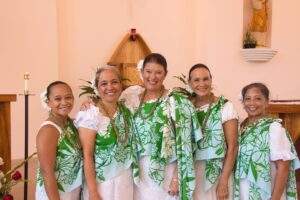 The late hula master and devout Catholic, Kumu John Keolamakaʻāinanaokalāhuinokamehamehaʻekolu Lake, said that church hula must be practiced — not performed — in the “strictest, most beautiful, spiritual sense… Some movements are done in church only and wouldn’t be done outside the church… [the hula] changes according to the knowledge that’s presented in the context.”
The late hula master and devout Catholic, Kumu John Keolamakaʻāinanaokalāhuinokamehamehaʻekolu Lake, said that church hula must be practiced — not performed — in the “strictest, most beautiful, spiritual sense… Some movements are done in church only and wouldn’t be done outside the church… [the hula] changes according to the knowledge that’s presented in the context.”
The tradition of hula dates back to ancient Hawai’i, where the kānaka maoli practiced hula in both secular and worship settings. Hula and chanting provide a way for Native Hawaiians to keep their mo`olelo alive by telling stories through hula, mele, and oli. For the Hula Ministry, the story each member tells with his or her body is an expression of worship within the rich cultural milieu of the indigenous people of Hawai’i.
“It doesn’t happen overnight,” Anita says. “Most always, it takes days or weeks to architect the choreography. The Scripture, the season, the heart and soul of the interpretation of our hula prayer is paramount and not something we take lightly.”
One of the most beautiful parts of this ministry for Anita is the relationships formed through the practice of hula.“We do have precious and hilarious moments,” she says.
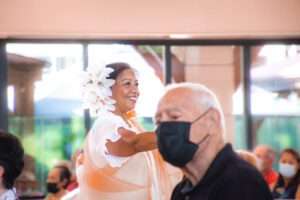
“We genuinely enjoy each other’s company. Above all, and foremost, we know we are an instrument in God’s ensemble, and we were brought together with the talent we were given.”
Anita wants people to feel welcome to be part of this ministry, but she recognizes it can be intimidating. Members will teach you, and you can come practice for as long as needed and present in public worship with the group whenever you feel ready.
If you would like to get involved in the Hula Ministry, please contact Anita Okimoto at oki12@hawaiiantel.net





















